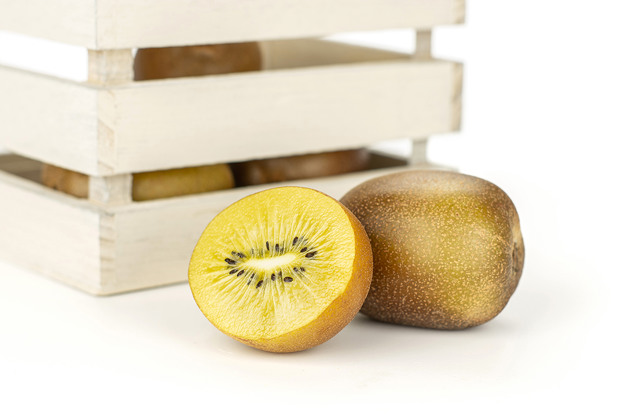In recent years, kiwifruit has become increasingly popular on the global market. The president of the Frutas de Chile kiwi committee, Carlos Cruzat, says that over the last five years, there has been a notable increase in market demand. Kiwifruit has gained a foothold in the fruit category since the Covid pandemic took place, which made people more aware of health issues and of the importance of strengthening the immune system.
 "The fruit's vitamin C content has played an important role in this increase in consumption," says Cruzat. "Kiwifruit has always been best known for its fiber content, which is linked to a good digestion, but in the wake of the pandemic, awareness about its vitamin content has led to an increase in global demand; a trend that continues to this day.
"The fruit's vitamin C content has played an important role in this increase in consumption," says Cruzat. "Kiwifruit has always been best known for its fiber content, which is linked to a good digestion, but in the wake of the pandemic, awareness about its vitamin content has led to an increase in global demand; a trend that continues to this day.
"In Europe, kiwifruit production has undergone significant changes. An increase in the Greek production has made up for a reduction in the Italian production, so the supply has remained stable, while the demand continues to increase," says Cruzat.
"We have been seeing a growing demand in the European market, especially in summer. Chile and New Zealand have helped cover the demand, taking advantage of their off-season productions to supply the European market, thus ensuring a constant, year-round supply," he says.
As for competition, Cruzat sees New Zealand not only as a competitor, but also as a complement. "We don't necessarily compete all the time; we have different strategies, different formats, different prices," he says, suggesting that both countries benefit from jointly expanding the global kiwifruit market.
"In Europe, kiwifruit competes with many other fruits, and people are anxiously awaiting the arrival of melons, watermelons and stone fruits, so there is competition with these fruits, but in spite of this, we have had good years and the demand is expected to continue growing," says Cruzat.
"Chile, which is highly export-oriented, has managed to open markets in almost 50 countries. If one market falls, we have the means to make up for it in other places," says Cruzat, highlighting the diversification and adaptability of the Chilean kiwifruit sector.
The market expanded with the introduction of yellow kiwifruit. "Instead of green kiwi getting cannibalized, yellow kiwifruit has brought a greater diversification of the supply," says Cruzat. "This has allowed supermarkets to keep a permanent section for kiwifruit throughout the year while also meeting diverse consumer preferences."
 © Katerynabibro | Dreamstime
© Katerynabibro | Dreamstime
According to Cruzat, yellow kiwifruit has a strong position in Asia and it looks set to continue to grow, because this market seeks sweeter fruit, while the American and European markets tend to prefer the more sour flavor of green kiwifruit.
Carlos Cruzat is optimistic about the future of kiwifruit. "Health and nutritional concerns will continue to drive the demand. Kiwifruit continues to gain ground and we are working to stay on this path. Chile is investing in new plantations and in improving its crops, ensuring a constant supply and allowing the introduction of innovations in the fruit's cultivation and distribution in order to meet the growing demand," he says.
For more information:
Carlos Cruzat
Frutas de Chile
https://www.comitedelkiwi.cl/










